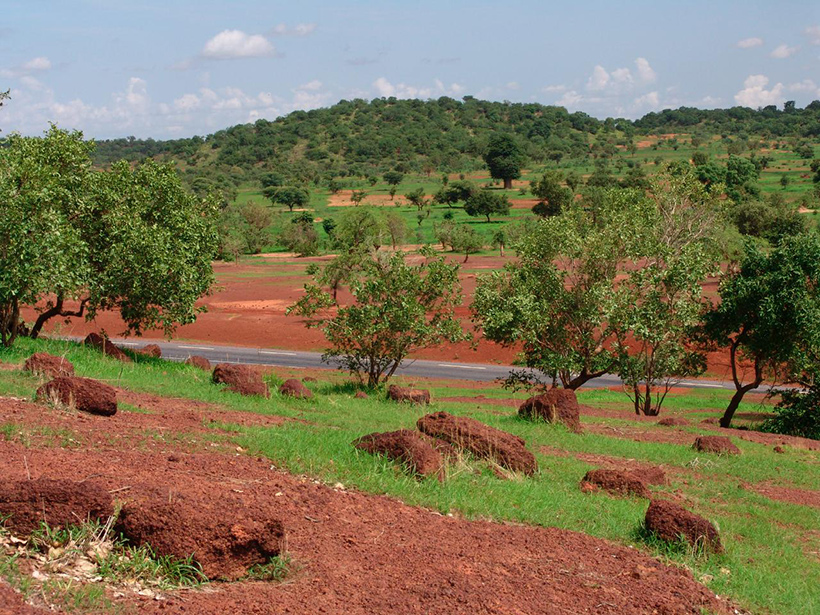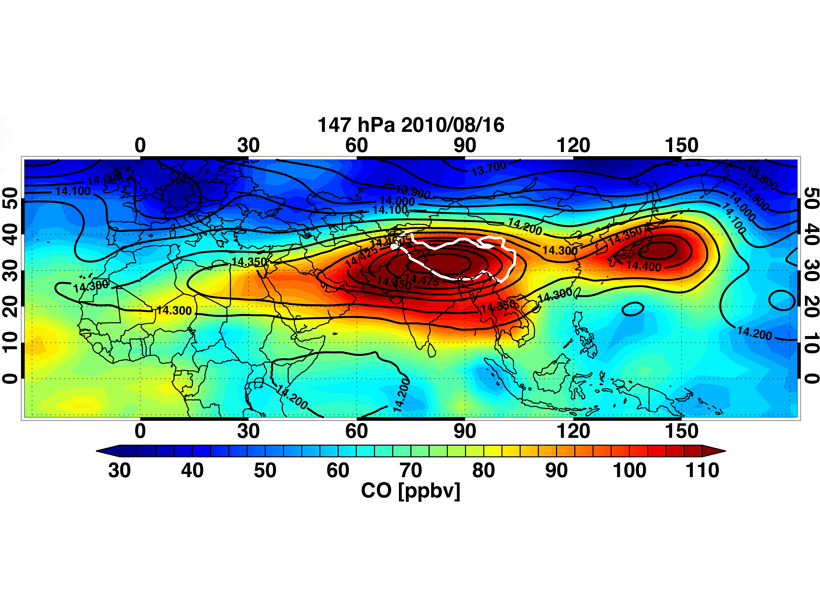A tool from dynamic systems theory is helping atmospheric scientists identify how dust and moisture mix over West Africa.
monsoons
When Chemistry Lends a Hand to Dynamics
Chemical signature and chemical transport analyses help understand the dynamics of the Asian Summer Monsoon.
When Natural Disasters Cross the Path of COVID-19
Natural hazards are intersecting with the coronavirus pandemic in India, and researchers will need to model both to inform the public health response.
Evolution of the Asian Monsoon
Climate and topography change the characteristics of the Asian monsoon over millions of years. These changes affect the region’s climate and topography, and the cycle continues.
Chinese Swamp Core Reveals 47,000 Years of Monsoon History
Magnetic analysis of mineral composition supports the importance of tropical climate processes in shaping long-term monsoon patterns.
Three Times Tectonics Changed the Climate
Fifty years after the birth of modern plate tectonics theory, a group of researchers highlights three key examples of how our planet’s shape-shifting outer layer has altered our climate.
Ice Drove Past Indo-Pacific Climate Variance
Researchers used both terrestrial and marine proxy data to reconstruct the dramatic and dynamic climatic changes.
Varying Impact of Earthquake- and Monsoon-Induced Landslides
Using nearly 50 years of satellite data and records stretching back millennia, scientists determine the relative frequency—and the erosional power—of monsoon- and earthquake-induced landslides in Nepal.
How Monsoons in Africa Drove Glacier Growth in Europe
A new study shows that low-latitude weather can affect distant glaciers.
How Old Is the Mekong River Valley?
Granite samples collected from the Mekong River Valley reveal that the river’s path was incised roughly 17 million years ago, most likely by increased erosion from monsoon precipitation.










